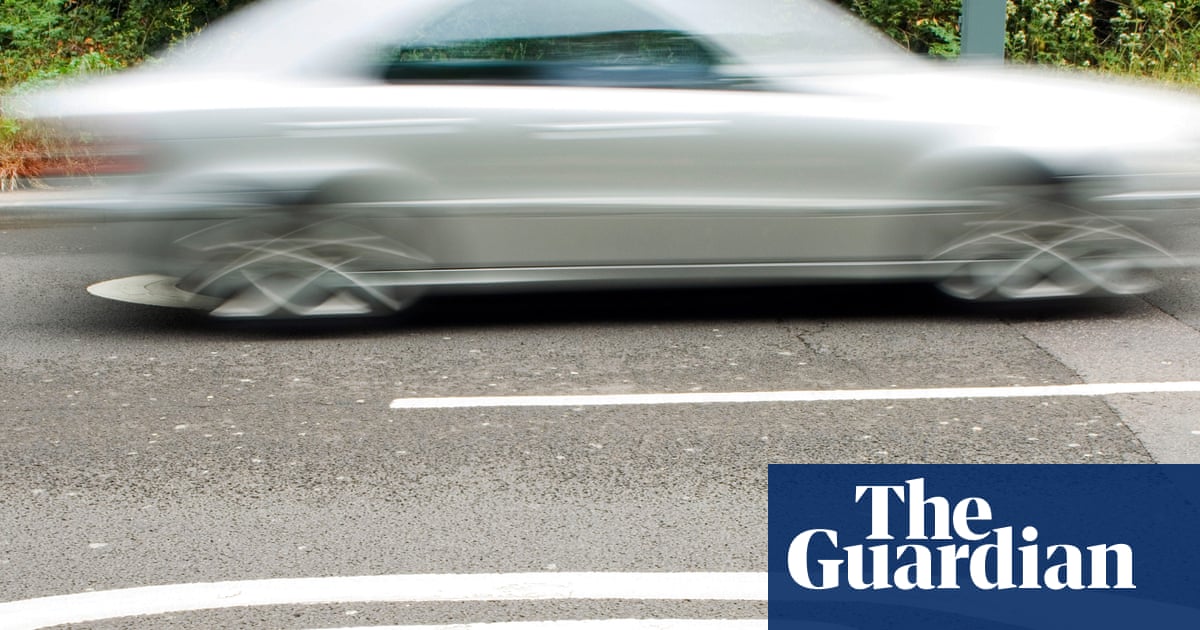All new cars must have the devices from 7 July, adding fuel economy as well as safety. Will mpg become the new mph?
In the highway code and the law courts, there is no doubt what those big numbers in red circles mean. As a quick trip up any urban street or motorway with no enforcement cameras makes clear though, many drivers still regard speed signs as an aspiration rather than a limit.
Technology that will be required across Europe from this weekend may change that culture, because from 7 July all new cars sold in the EU and in Northern Ireland must have a range of technical safety features fitted as standard. The most notable of these is intelligent speed assistance – or colloquially, a speed limiter.
The rest of the UK is theoretically free, as ministers once liked to put it, to make the most of its post-Brexit freedoms, but the integrated nature of car manufacturing means new vehicles here will also be telling their drivers to take their foot off the accelerator. Combining satnav maps with a forward camera to read the road signs, they will automatically sound an alarm if driven too fast for the zone they are in.



This is the best summary I could come up with:
Technology that will be required across Europe from this weekend may change that culture, because from 7 July all new cars sold in the EU and in Northern Ireland must have a range of technical safety features fitted as standard.
The rest of the UK is theoretically free, as ministers once liked to put it, to make the most of its post-Brexit freedoms, but the integrated nature of car manufacturing means new vehicles here will also be telling their drivers to take their foot off the accelerator.
Safety is the overriding reason for slower speeds, and as charities such as Brake and Rospa emphasise, even small increases above 30mph make a significant difference in outcomes, particularly for those who are not driving the car.
Yousif Al-Ani, the principal engineer for advanced driver assistance systems (ADAS) at Thatcham Research, says: “Modern vehicles are very good at protecting occupants in the event of a collision through passive safety features, such as airbag and crumple zones, but these have limited benefit to vulnerable road users” such as pedestrians and cyclists.
With the precise readings of computers replacing wobbly speedometer needles, however, and a new generation of speed cameras upping the ante on the enforcement side, it may be ever harder to disown responsibility.
Questions remain over whether the technology works well enough in all real-life situations, and how comfortable people will feel with their car telling them what to do, let alone taking control of their steering, brakes and acceleration – a potentially alarming and disorienting experience.
The original article contains 924 words, the summary contains 254 words. Saved 73%. I’m a bot and I’m open source!